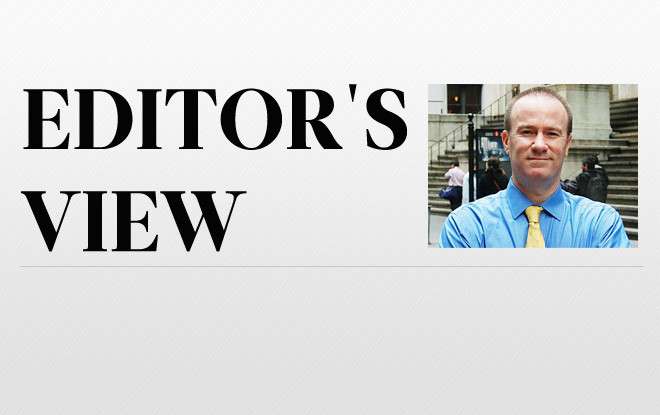EDITOR'S NOTE: This column has been revised from the print version to reflect market activity since April 15.
One of the persistent conundrums in financial markets is the low level of the CBOE Volatility Index, commonly known as VIX.
Before churning moderately last week, VIX had traded between 12 and 14 for most of 2013. Since April 15, the so-called fear gauge ratcheted up to between 15 and 18.
The VIX is a measure of the market’s expectation for volatility over the next 30 days. What can potentially roil the markets over the next month? Well let’s see.
The sovereign-debt situation in Europe is far from resolved and its trajectory is always unpredictable, as recent events in Cyprus highlighted. An economic recovery is underway in the U.S., though there are lots of questions about its strength and sustainability. Job numbers have improved on balance, if slowly, unevenly, and without conditions on the ground necessarily 'feeling' better. Another potential bogeyman is that markets themselves are increasingly complex, high-speed, and tenuous, so there is elevated concern that the next structural incident will be bigger and more confidence-sapping than the ones before it.
There is no shortage of substantive factors, both real and prospective, that are affecting and/or looming over markets. By extension, the argument can be made that there should be volatility, and expectations of volatility.
Instead, until last week, there was a surprising dearth of volatility, a situation not unlike a placid lake on a windy day.
How nonvolatile was VIX? Well, its pre-April 15 trading band of about 12 to 14 is tight as a drum compared with the 2012 range of about 16 to 26 — and 2012 was considered a fairly tranquil year. In 2011, the VIX reached into the 40s; in 2009, it topped 60. It’s very much the exception for a year to not have a period with VIX well into the 20s.
To be sure, 2013 is only a bit more than one-quarter over, and last week's volatility uptick may be indicative of a wider range of ups and downs ahead. But that speculation is little comfort for the market participants and operators for whom the VIX roughly correlates with their fortunes. Long-term, buy-and-hold investors may not care so much about the one-month-out volatility forecast, but for many exchanges, broker dealers, and active traders in equity and derivative markets, the VIX is a barometer of market activity. That is, if folks expect market valuations to materially change one way or the other, chances are they are trading on their expectations, in turn providing the order flow and liquidity that are critical for robust, liquid markets, and by extension, capital formation.
There are plenty of theories regarding the apparent disconnect between market conditions and the VIX. One recent report I pulled up called the VIX “artificially” low; another pundit said the VIX may be low by relative recent standards, but actually isn’t especially low; while someone else said the low VIX is evidence that market participants are overly confident in government’s power to keep the ship on course.
One quantitative investor I spoke with earlier this year said he believes the Federal Reserve is working behind the scenes to somehow suppress market volatility. In this person’s view, the government intervention is the proverbial finger in the dike before an economic and market calamity strikes. I don't share this outlier opinion, but it came from a person whose intellect I highly respect, so I thought it was worth mentioning to illustrate the diversity of theories on the issue.
I don’t know what the answer is, but I do have a couple ideas. One, the VIX will return to more ‘normalized’ levels sooner rather than later. And two, when VIX does increase, the rock-bottom aberrational period will never be fully explained as to what caused it.














